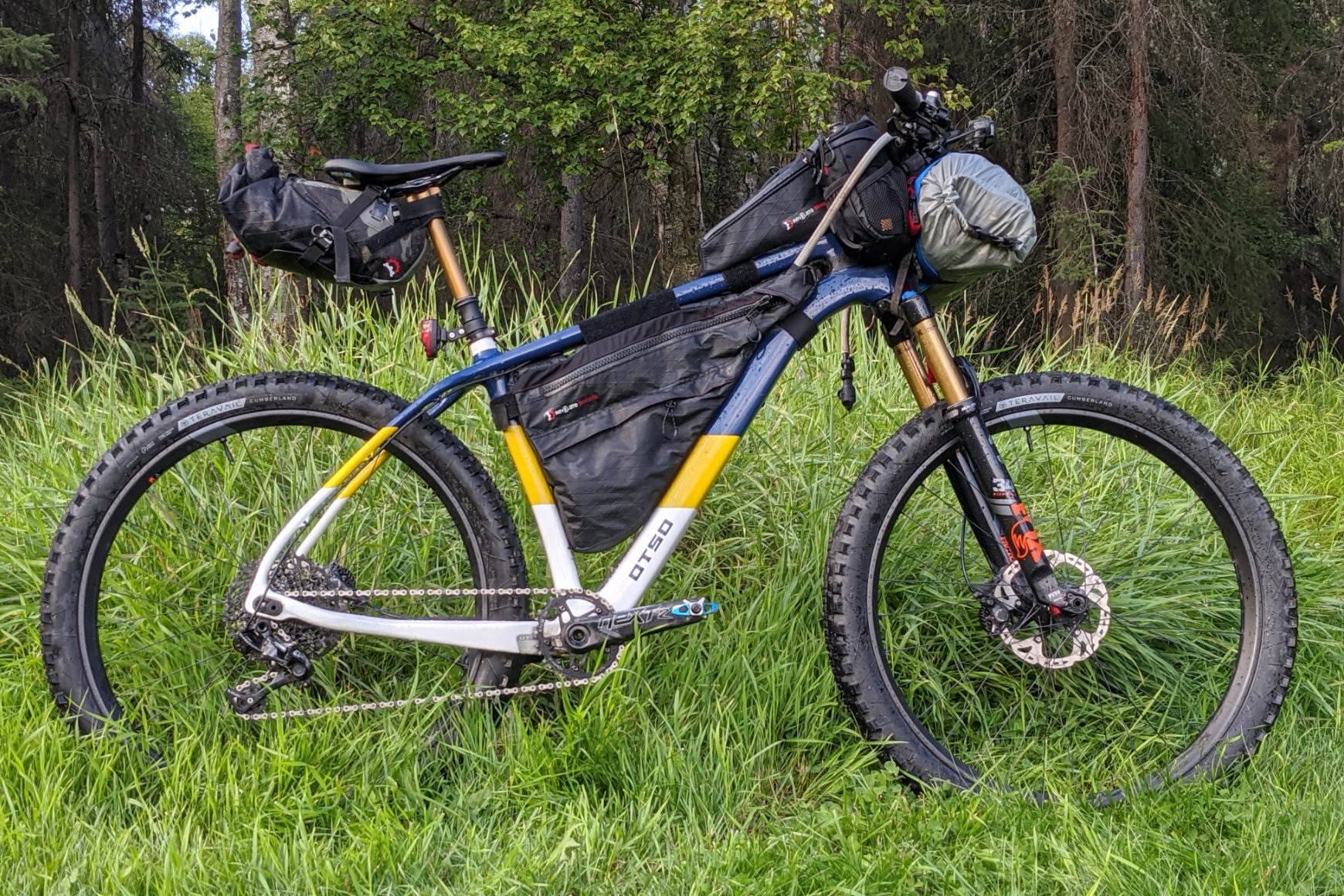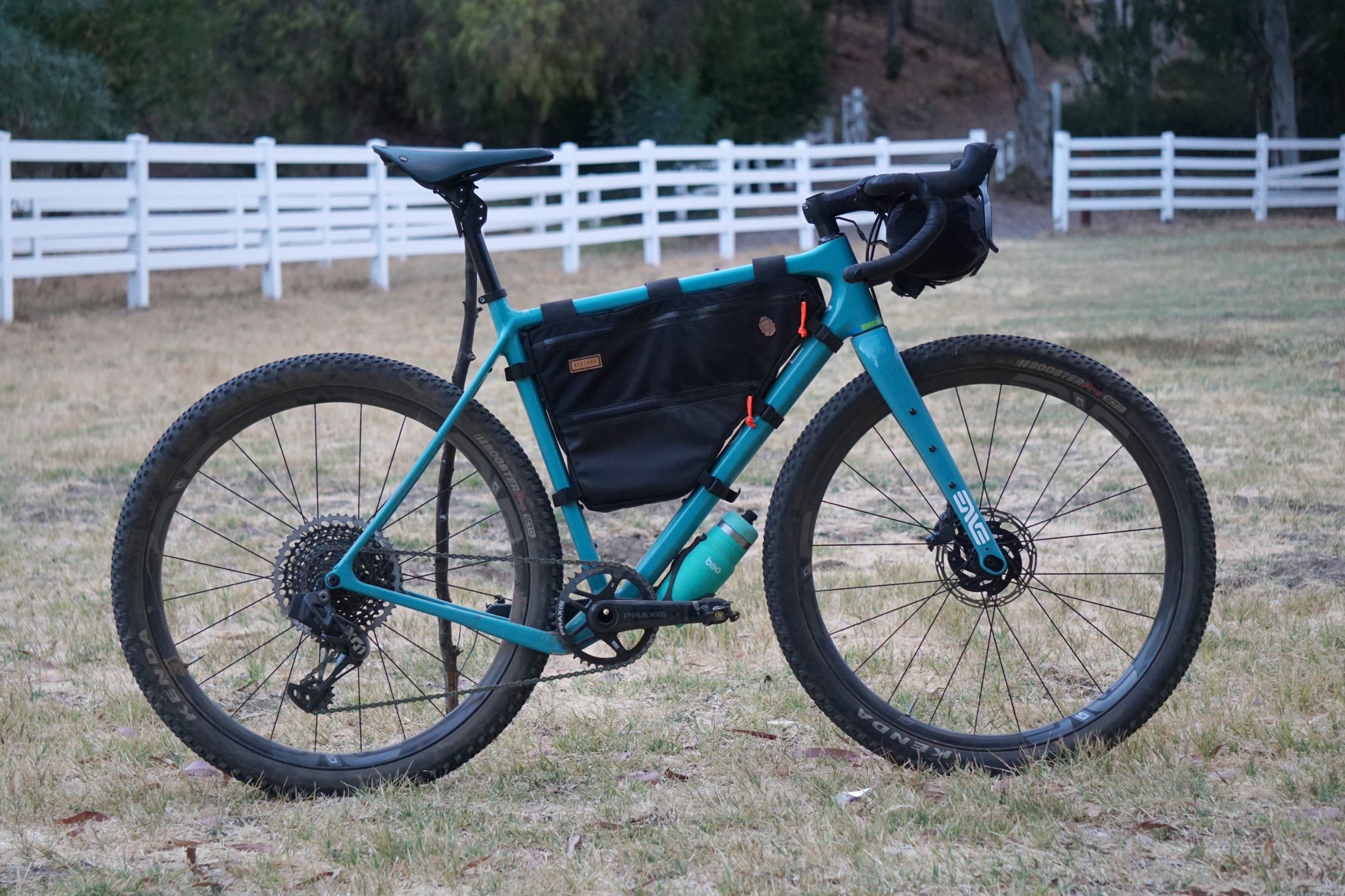Kenai 250 Race Recap - Some of Alaska’s Best Singletrack in One Long Ride
Photos and words by Jason Rowland
It started when I swapped the fat tires on my Otso Voytek with 27.5+ wheels, a Fox 34 shock, and a dropper post during a hazy period of COVID quarantine. Obviously this meant that I need to ride the Kenai 250, or at least that’s what told my wife when I asked her to pick up a giant curb-side box of parts at my local bike shop. That, along with “always wanting to check out those trails,” convinced me to spend the hefty $20 to register my InReach tracker with the event.
See our full story on Jason’s Otso Voytek Bikepacking Rig HERE
The start of the Kenai 250 is marked by a small and loosely-organized group of cyclists that suddenly appear in front of the main street bar in the tiny town of Hope, Alaska, and then disappear with little fanfare on Friday morning. Hope was established in 1896 as a mining camp and now hosts roughly 200 residents, several cafes and a main street bar. The event rules are simple - you are required to be completely self-sufficient and practice Leave No Trace as you journey through the 255 mile course. The course is best described as a series of rugged backcountry trails connected by short sections of road winding from Hope to Seward and back.
Kenai 250 start lineup in Hope, Alaska
How do you prepare for something like this? Riding naked in the rain is completely acceptable at your own risk according to a humorous email sent prior to the start of the 2020 ride. However, the organizers also made it clear that this event was intended for those with applicable backcountry experience. My gear plan was based on knowing that a warm-when-wet layering system is key to staying comfortable in the temperate environment having grown up hiking mountains in South Central Alaska. Some confident riders packed only a basic layering system and planned to stay moving. Others, including myself, packed a light bivy system to allow sleep or extra warmth if needed.
Water is plentiful on the Kenai Peninsula. Left, Janice Tower; Right, Christina Grande
In the spirit of this event being “technically a group ride”, along with having little mountain biking experience at this level, my strategy was to finish strong and find good riding buddies. I was lucky enough to find great company and enjoyed an adventure full of stories, goofy middle-of-the-night brainstorms, burger stops, and “that never happens” mechanical issues. Rain was a thing, 38F in the fog was cold, and the night ride through an extraordinarily beautiful section of trail was amazing. All-night solstice adventures in Alaska are a special experience and worth every blurry-eyed moment watching the sun slowly creep down to the horizon only to rise like nothing happened two hours later.
Solstice light over Lost Lake
Morning mist featuring Christina Grande and a muddy trail
I woke up suddenly. Yes, in case you’re wondering, I fell asleep on my bike during a brief stop along a section of highway. Around 7am the sun was starting to burn off the fog around Kenai lake and warm up the cool morning air. It was like riding through a sleep drug. 24 hours is a long time to ride a bike and we were still short of 200 miles. Grande, my riding buddy, made an executive decision about stopping at Moose Lake where I enjoyed 30 minutes of blissful sleep before downing a massive breakfast and coffee. Only an hour later I felt awake, re-energized, and ready to tackle the next lengthy section of trail. I thought it best not to think too deeply about what was really going on with my body and just get on my bike and ride.
The last 40 miles required climbing above tree line over Resurrection Pass, the largest on the route, and dropping down through miles of speedy single track. Just when your legs had time to cool off and start to stiffen, you would hit a short and steep grade that would require dumping everything you had into getting over the top. Did I mention the bears? Bear scat was everywhere. People regularly are eaten by bears in this part of Alaska. Flying down a mountain as it’s getting dark in bear country is more than a little nerve racking.
Grande and I rolled into Hope just before 1am and were greeted by a small group of exuberant fans after 255 miles, over 20,000ft of climbing, and 39 hours 37 minutes of nearly non-stop riding. The first time someone at the finish asked “are you gonna ride it again next year,” I said “give me a while, I’ll think about it, Russian Lakes was tough.” About the 10th time the question was asked that night I resigned simply saying “yeah, next year for sure.”
Clinton Hodges in the middle of breaking the single speed course record
Even bikes need to rest











